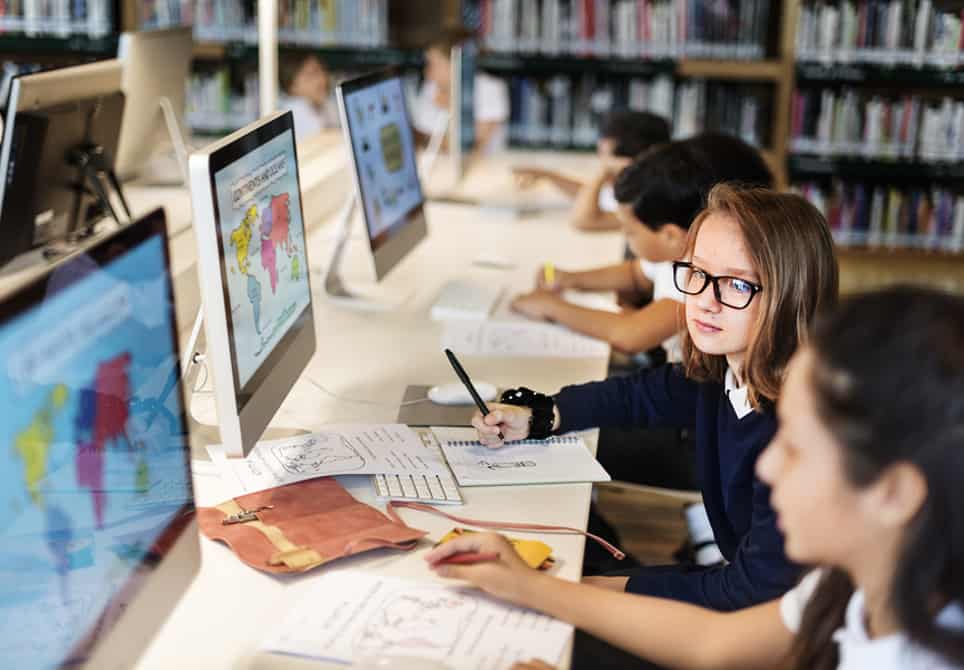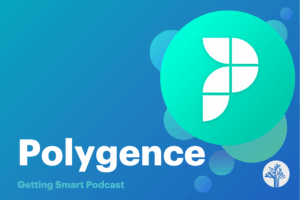Blended Learning Engagement: Are the Students Paying Attention?

By Ron Drabkin
In blended learning, teachers combine traditional classroom and online instruction. This often includes videos and interactive activities as a part of the digital curriculum, either to the entire class or to groups of students.
Meeting the promise of personalized learning requires student engagement with this content. Still, as every teacher and parent knows, kids can be tempted to goof off–watch musical.ly, play a game, hop on social media– when they are supposed to be doing their school work.
There are dozens of studies on the efficacy of blended learning in the classroom, with generally positive reviews. However, these studies often stop short of measuring true student engagement with the digital content (there is data for adult learners, which is obviously different from K-12.)
Until now.
OpenEd, an ACT Assessment Technologies company, has K-12 resources that are assigned to students in a variety of platforms, including Google Classroom, Chalkable, Pearson, OneDer, Matchbook Learning and dozens of others. As such, we are able to gather anonymized data on how many students are actually engaging with their online assignments.
We analyzed views of 500,000 videos, making the data accurate by counting only views of videos assigned to students from grades K-12 and excluding video views from teachers and others.
The first clear result is that older students watch a greater percentage of the videos than younger students. Also, for any grade level, shorter videos offer the key advantage of tending to have better efficacy. 
Student engagement varies very significantly by publisher. Publishers that have a fun, interesting delivery have higher percentages of the videos watched–such as Electric Company and Crash Course—are watched 50% longer than those with less engaging delivery.

Note that Crash Course, which students find highly engaging, will add little things to their videos that delight students, keeping them engaged. Here are some Colonial Americans in one of their videos, passing some Pokemon cards!

There were other significant results in individually assigned quizzes. Some learning platforms are easy to use and have seamless integration of outside resources. The poster child of this group is Google Classroom. When teachers assign quizzes in Google Classroom, we see the quizzes being assigned and completed at a much higher rate than in several Learning Management Systems that have less seamless integrations.
Looking across all 50 states, we see no difference based on geographic distribution (we cannot report on gender or ethnicity since as we do not have access to that data for privacy reasons.)
Clearly when short, engaging videos are assigned in a seamless integration, they will boost student engagement with Blended Learning.
For more, see:
- 6 Common Misconceptions About Blended Learning
- Blended Learning Strategy: Small Groups and Stations
- Do You Have A Blended Learning Department? You Should.
Ron Drabkin is Vice President of Marketing at OpenEd, an ACT Assessment Technologies company. Follow Ron on Twitter, @DrabkinRon.
Stay in-the-know with all things EdTech and innovations in learning by signing up to receive the weekly Smart Update.






0 Comments
Leave a Comment
Your email address will not be published. All fields are required.